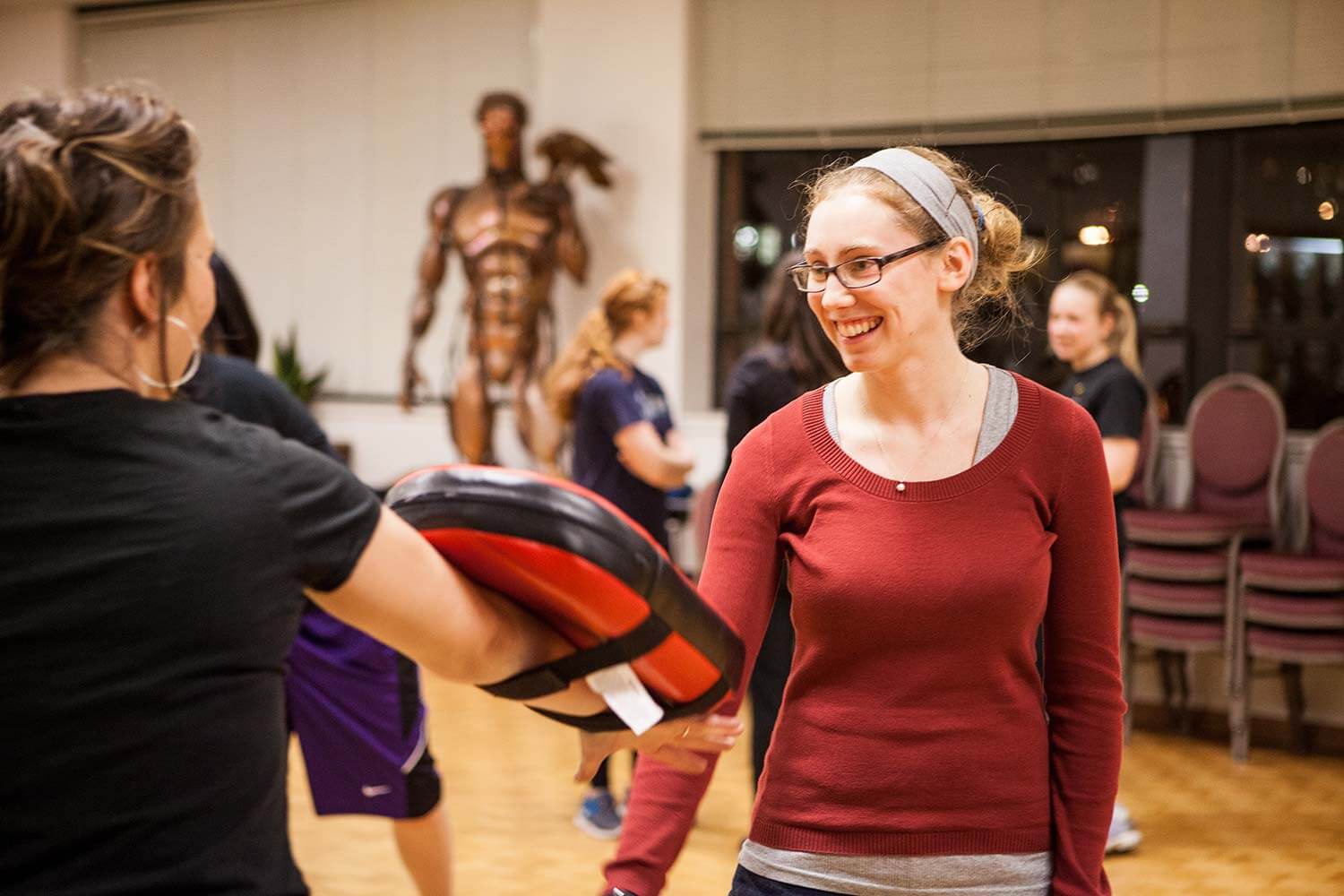College is going to be stressful for you sometimes. However, you’ll find that you’ve got plenty of tools to help you power through.
You can maintain wellness through unique personal strategies. Here are a few favorite tactics of SPU students:
Keep up with the latest insights on emotional, physical, and mental health by following the SPU Wellness Initiative's blog and SPU Wellness Facebook Page.
What's the difference between stress and distress?
Stress is a common part of everyday life for undergraduates. Over time, stress may lead to bigger issues for a student. These are some indicators that a student's stress level may be cause for concern:
- Uncharacteristic changes in academic performance or class attendance
- Prolonged personal illness
- Depressed mood, excessive worry
- Social withdrawal
- Marked changes in dress, hygiene, or weight
- Repeatedly falling asleep in class
- Requesting extensions or special accommodations
- New and recurrent behavior that interferes with learning
- Unusual or exaggerated emotional responses
How can you help a student? SPU utilizes a Student Support Team (SST). Using the Student Support form, you can identify a student that may need extra support. The SST, led by Dean of Students for Community Life Chuck Strawn, will determine the next steps needed for intervention.
A student experiencing severe distress, or a mental health crisis, may show some of the following signs:
- Extreme anxiety, panic, or uncontrollable crying
- Highly disruptive behavior, such as hostility or aggression
- Statements about suicide, death, or self-harm
- Inability to communicate, pressured or slurred speech
- Loss of contact with reality--seeing or hearing things that aren't there, behaving in a way that is at odds with reality
These signs may indicate that a student needs immediate help. Contact x2911 on campus or call the Seattle 24-hour crisis line at 1-86-4-CRISIS.

Self-defense class
You can also take advantage of these excellent resources:
If you are concerned about the health of an SPU student, please reach out for support on his or her behalf. The Student Support form is an immediate way to alert care teams that can help.